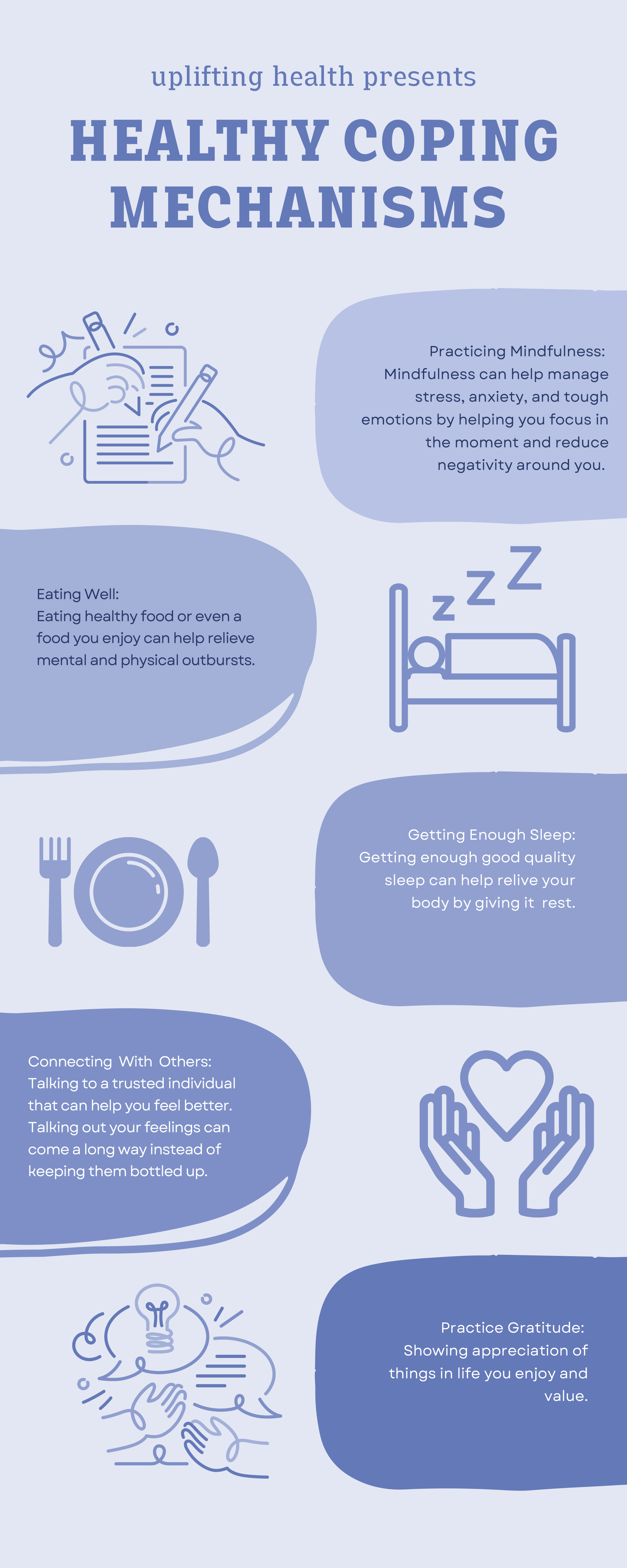
Navigating the Teen Mental Health Crisis: Post Pandemic Struggles & Solutions
By Kiswa Karim
Teenage Mental Health Awareness Post-COVID-19
Teenage mental health awareness has been skyrocketing since COVID-19. The COVID-19 pandemic has undeniably left a major scar on global society, altering how we live, work, and interact with one another. One of the most significant consequences of the pandemic is its effect on mental health, particularly among teenagers. The isolation, uncertainty, and disruption caused by the pandemic have brought to light the growing mental health crisis among young people, leading to an increase in awareness and a deeper understanding of the challenges teens face today.Teenage mental health has become a critical issue in the aftermath of COVID-19, as many teens continue to struggle with issues such as anxiety, depression, and social isolation, which were exacerbated during the pandemic. For many teens, the onset of COVID-19 meant a sudden and drastic shift in their daily lives. The closure of schools, cancellation of extracurricular activities, and widespread social distancing measures deprived young people of critical social interactions that are central to their development.
Teenagers, who are at a stage in life where they are forming social identities and developing independence, were forced into isolation at a time when connection with peers is most essential. Social isolation can lead to feelings of loneliness and alienation, and the loss of in-person schooling disrupts not only education but also social bonds that are crucial for emotional well-being.
Moreover, the uncertainty of the pandemic created the outburst of anxiety. Teenagers, like adults, had to grapple with the unknown: the fear of illness, uncertainty about the future, and the stress of disrupted routines. Many teens watched their parents or loved ones face job losses or health challenges, which added an additional layer of stress. For some, the home environment became more volatile, with increased domestic tension, financial instability, or even domestic violence. These factors have significantly contributed to the mental health struggles teens face today.
Pre-existing Mental Health Challenges
Even before the pandemic’s surge on society, mental health challenges among teenagers were on the rise, but COVID-19 acted as a catalyst, amplifying these issues. According to multiple studies, rates of anxiety, depression, and other mental health disorders increased dramatically during the pandemic. A report from the Centers for Disease Control and Prevention (CDC) showed that more than 40% of teens reported experiencing symptoms of anxiety or depression during the height of the pandemic. This was a stark increase compared to pre-pandemic years, highlighting the direct impact of isolation and uncertainty on the adolescent psyche.The Challenges of Remote Learning and Social Media
The shift to online learning and virtual socialization created further challenges. Many teens found it difficult to adapt to remote schooling, which resulted in a bunch of frustration. The absence of physical classrooms and face-to-face interactions with teachers and peers led to a sense of detachment and decreased motivation.Additionally, the rise of social media use during the pandemic presented a double-edged sword. While social media offered a platform for teens to stay connected virtually, it also exposed them to increased cyberbullying, comparisons, and much more. Social media has long been linked to negative mental health outcomes especially during the pandemic.
Growing Awareness and Advocacy
In response to the surge of mental health struggles amongst teens, awareness of mental health issues have also grown. Schools, communities and mental health organizations have made significant strikes in highlighting the importance of mental well being. More than ever, people are recognizing the necessity of addressing mental health openly and providing the resources that teens need to cope.Besides the negativity that social media brings, social media has played a big role in increasing awareness of mental health. Platforms like Tiktok and Instagram have given teens a space to share their experiences and discuss mental health openly. Mental health advocates, influences, and professionals have used these platforms to educate the young about self care, coping strategies, and the importance of seeking help when most needed. This shift has empowered teens to break the silence surrounding mental health and to seek out resources and support when needed.
Supporting Teens in the Post-Pandemic Mental Health Landscape
To effectively support teens in navigating the post pandemic mental health landscape, society has been taking several steps to ensure that teens have access to the help they need. Prioritizing mental health education and having a surrounding where teens can openly ask for help without hesitation is one of the most important steps. Second, schools should continue to integrate mental health resources and education such as clubs, open spaces to talk to an adult, and other resources that help make a comfort zone for teens where they are heard. Finally, there must be a continuation of coping strategies for young people. When at risk, teens should be equipped with the proper and safe tools to cope with challenges.Promoting healthy coping mechanisms, mindfulness and stress management techniques can empower teens to navigate difficult situations with greater emotional resilience. With greater awareness, increased resources, and a country's cultural shift towards promoting mental health, there is hope for teens to recover and thrive.
Crisis Support: If you or someone you know is at risk dial 988 immediately for support.
